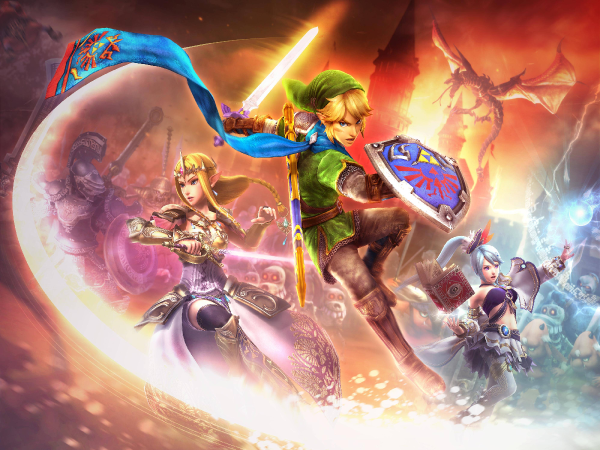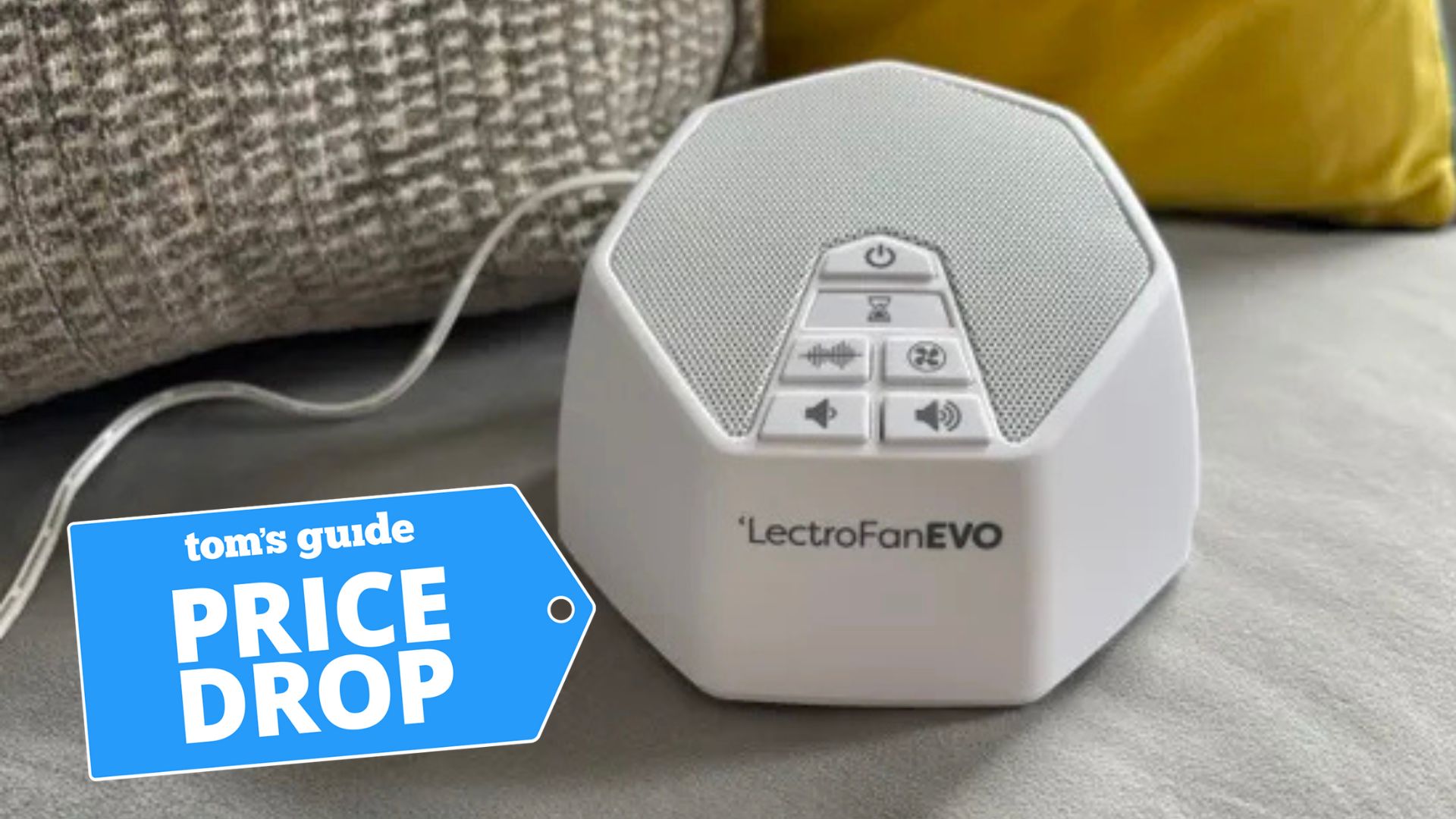Tom's Guide Verdict
If you love all things Zelda and your button-mashing thumbs aren't yet sore, then Hyrule Warriors is definitely one for your collection. Otherwise, you're not missing much if you skip it.
Pros
- +
Fun gameplay, cool character design, puts the Zelda in Legend of Zelda
Cons
- -
Repetitive levels, hit-or-miss story, poor graphics
Why you can trust Tom's Guide
Yes, you can play as Princess Zelda! That's my favorite part of Hyrule Warriors, a new video game based on the beloved Legend of Zelda video game series.
In Hyrule Warriors, players take the roles of Link, Zelda or several other classic Legend of Zelda characters. But this isn't a typical Zelda game: Instead of the adventures and puzzle solving typical of the series, Hyrule Warriors is a hack-and-slash game in the style of the popular Dynasty Warriors series.
The game, in fact, drew on the resources of both game franchises. Published by Nintendo and developed by Dynasty Warriors creator Koei Tecmo, Hyrule Warriors blends a Zelda aesthetic with Dynasty Warriors gameplay. Out Sept. 26 in North America for the Wii U, Hyrule Warriors will cost $60.
Story
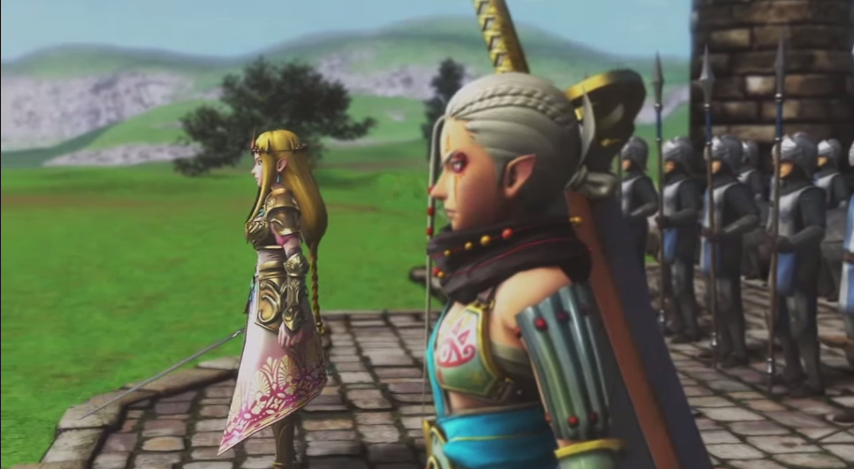
In the kingdom of Hyrule, Princess Zelda wakes with a start from a bad dream. Hours later, an army of monsters attacks her castle. In the ensuing battle, the player takes the role of a young soldier in Zelda's army named Link, who quickly distinguishes himself on the battlefield.
Each stage of the game's story mode begins with a cutscene about Zelda, Link and their allies. Often, a narrator fills in story elements that the developers probably considered too dull or too difficult to animate. Then there's a battle, with the player taking on the role of one of the heroes.
The enemy commander is an interdimensional sorceress named Cia. She recognizes this Link as a reincarnation of the legendary protagonist of all previous Zelda games and has become infatuated with him. The "darkness" in Cia's heart attracts the evil Ganondorf, who wants to manipulate Cia into freeing him from his prison. It's all pretty standard Legend of Zelda stuff.
Things get even more Zelda-ish when Cia opens portals to three different time periods in Hyrule history. Namely, these are the eras in which the previous Zelda games Ocarina of Time, Twilight Princess and Skyward Sword took place. Zelda, Link and their allies enter the time portals and battle alongside classic Legend of Zelda characters such as Midna, Fi and Darunia.
Get instant access to breaking news, the hottest reviews, great deals and helpful tips.
Overall, the story is on par with better-than-average fan fiction. That's not great — the notion that Cia is motivated purely by infatuation for Link is particularly groan worthy — but it's not entirely terrible. As a Legend of Zelda fan, I found Hyrule Warriors' plot to be like snack food — not particularly good, and not good for me, but lots of fun to eat.
MORE: It's Dangerous to Go Alone: The History of The Legend of Zelda
For all its predictability, Hyrule Warriors managed to surprise me a few times. In previous Legend of Zelda games, Link is the only playable character and the story revolves around him nearly singlehandedly saving Zelda or the kingdom.
In Hyrule Warriors, not only are other characters playable, but the story gives them equal agency and importance. One level even shows an overconfident Link getting in over his head, and Zelda and company must rescue him.
I've always loved the Legend of Zelda series, but as a kid, I often wished I could play as Zelda, Sheik or another of the many interesting ladies in the games. Hyrule Warriors lets me do that, which went a long way toward getting me to like the game. If that's not your jam, then maybe Hyrule Warriors' plot won’t really do anything for you.
Also note: If you're a Zelda geek like me, you'll be interested to know that a Nintendo representative told me Hyrule Warriors is not considered part of the Legend of Zelda canon.
Gameplay
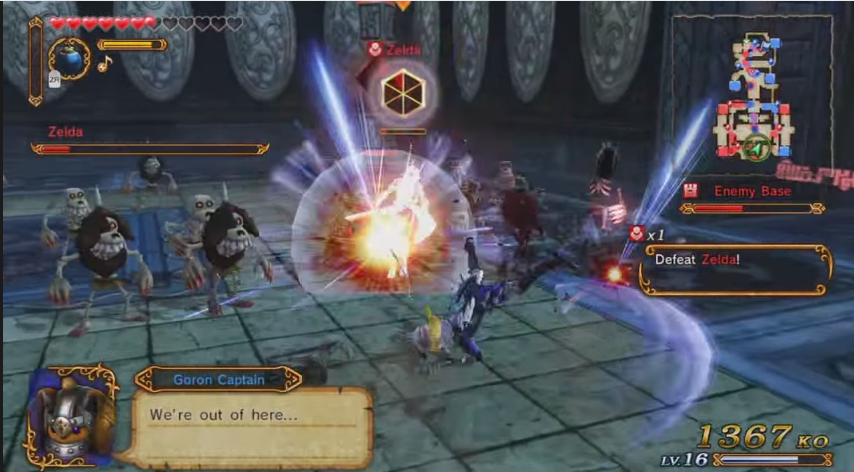
Functionally, Hyrule Warriors is a Dynasty Warriors game. It has four modes: Legend Mode (the campaign, which tells the game's story), Free Mode (in which you can replay unlocked levels as any character), Adventure Mode and Challenge Mode.
Each mode revolves entirely around combat. Your task is to mow down waves of enemies, the most common of whom are little more than cannon fodder. You could just stand there, and they would only warily dance around you. Defeating such unchallenging enemies fills up your Special Attack gauge, which lets you unleash a high-damage attack. This is useful for taking out lots of enemies or dealing damage to more difficult foes.
The bigger enemies are more interesting. They can shield themselves, and you'll often have to wait for each of them to expose a vulnerable point.
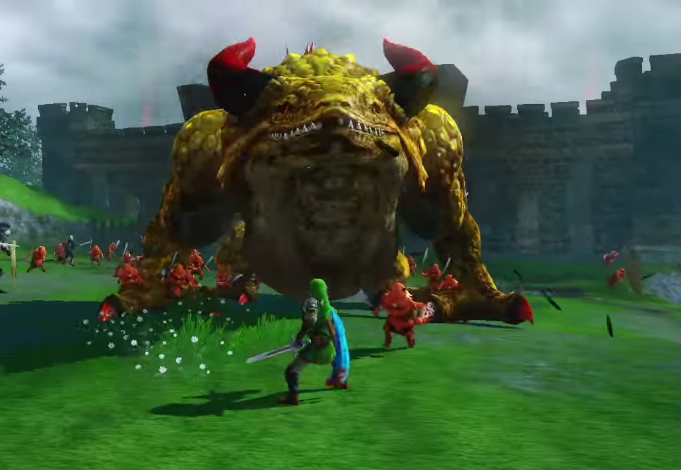
However, combat against these bigger enemies often involves a lot of wrestling with the targeting camera, which likes to switch among enemies and sometimes abruptly loses focus. Defending yourself amounts to little more than mashing the dodge button, which renders your character temporarily invulnerable. Once your characters achieve high enough levels, you won't have to wait for the mid-level enemies to reveal their vulnerable points; you can just hack and slash your way through these opponents as you did with the cannon fodder.
All combat consists of hitting the X and Y buttons (a light attack and a slower, heavier attack) in various sequences to unleash combination attacks. You can get by with indiscriminate button-mashing, but if you feel like a little memorization, the combinations are effective and satisfying.
MORE: Most Violent Video Games of All Time
In each Legend Mode level, you'll have various tasks, such as defeating several enemies or capturing foes' keeps by, you guessed it, defeating enemies. There is a strategic aspect to this; while you're running around completing tasks, you also need to make sure your own keeps don't fall to enemy attacks. Several times during the early levels, I thought I was on the verge of victory, only to realize that my home base was about to fall.
The Legend of Zelda series is known for putting an emphasis on exploration, puzzle solving and atmospheric adventuring. You won't find any of that in Hyrule Warriors.
Some of my favorite parts of other Legend of Zelda games, such as Ocarina of Time, Twilight Princess, Wind Waker and Skyward Sword, came when there were no enemies present, and I could just wander around and appreciate the sights. In Hyrule Warriors, if you don't see any opponents, it means you've messed up badly and will have to hustle to get back to the action before your enemies conquer your base.
Co-op play is essential to the longevity of a game like this, but when each Legend Mode level takes between 20 and 30 minutes to beat (closer to 30 on single player), it's not exactly a party game.
Adventure Mode and Challenge Mode levels are shorter but not as fun, particularly on co-op. If I said to a friend, "I know what we should do! Let's beat 2.000 enemies in under five minutes!" she'd think I was just using her to get some extra in-game loot.
Art and graphics

With its colorful and stylized 3D art, Hyrule Warriors channels 1998's The Legend of Zelda: Ocarina of Time, but by way of the pan-Nintendo Super Smash Brothers Brawl. Other trappings from the Zelda series cover just about every surface, from the elaborate combat effects to the level design.
The character design in Hyrule Warriors, while taking cues from previous Zelda games, is largely original, with each character receiving a new, upgraded look. I'm a particularly big fan of Link's fabulous bright blue scarf.
MORE: Gamergate Is About Harassment and Exclusion, Not Ethics (Op-Ed)
As for the emphasis on combat, Hyrule Warriors isn't a gory game. Colorful, dramatic animations accompany characters' attacks, often subtly nodding to the art styles of other Zelda games.
While the art is delightful, the graphics are not. On the Wii U Gamepad's screen, the game looked fine, but on the HDTV in our office, Hyrule Warriors had jagged edges and aliasing (distortion) galore. The Wii U really should be able to do better than this.
Music and sound

What would Zelda be without its music, signature sounds and increasingly frustrating lack of voice acting? Hyrule Warriors shares all those qualities.
The music is almost entirely drawn from Ocarina of Time, Skyward Sword and Twilight Princess. Each map features a high-energy rock or techno remix of an iconic song from one of those games. Some remixes were lackluster, but others were quite striking and fun.
MORE: 15 Best Classic PC Games Gone Free
In place of spoken dialogue, the text dialogue of Hyrule Warriors is accompanied by characters' nonverbal grunts, giggles and other noises. The English localization used the Japanese voice actors, so during cutscenes you often hear the Japanese equivalents of "Hm!" "Ah!" "Huh?" and "Tee-hee!"
The voice acting, such as it is, actually does a decent job of establishing the characters' personalities — such as those are. Still, it's about time a Nintendo game featured full voice acting.
Bottom line
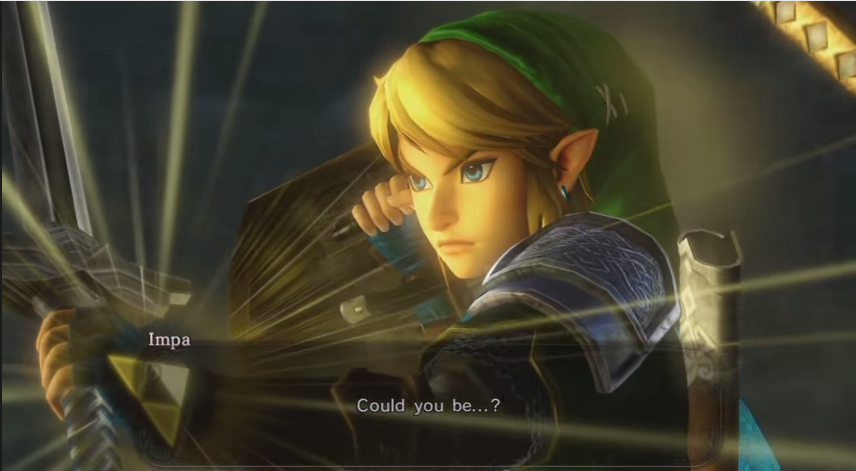
Is Hyrule Warriors a great game? No. But it did accomplish exactly what it intended: to be a Legend of Zelda-themed hack-and-slash game in the style of Dynasty Warriors.
With solid gameplay, engaging art and a story that makes a determined effort to please Zelda fans, Hyrule Warriors is a lot of fun, but it might not offer much to someone who's not a committed Nintendo-phile. Even some of those fans won't be interested in the game's combat style, which draws far more heavily from Dynasty Warriors than from anything Nintendo has done recently.
If you love all things Zelda and your button-mashing thumbs aren't yet sore, then Hyrule Warriors is definitely one for your collection. Otherwise, you're not missing much if you skip it.
| Our Favorite Gaming Hardware: |
| Best Gaming Mice |
| Best Gaming Desktops |
| Best Gaming Keyboards |
Jill Scharr is a staff writer for Tom's Guide, where she regularly covers security, 3D printing and video games. You can follow Jill on Twitter @JillScharr and on Google+. Follow us @tomsguide, on Facebook and on Google+.
Jill Scharr is a creative writer and narrative designer in the videogame industry. She's currently Project Lead Writer at the games studio Harebrained Schemes, and has also worked at Bungie. Prior to that she worked as a Staff Writer for Tom's Guide, covering video games, online security, 3D printing and tech innovation among many subjects.
-
Merry_Blind Fair review. I'll be getting the game. Tried it at the store, it was very fun, and I can't wait to see all this Zelda goodness and odes to the franchise.Reply
On a side note. I don't agree at all with Zelda games needing voice acting. The way it is right now and has always been is part of the charm of the series, and it makes you connect much more to the game and the character. Because you're reading so much, it's like a book, you use your imagination to portray the characters in your own way, but the little grunts and expressions the characters have give them plenty of personality while still allowing the player to have their own interpretation of them.
It's just much more 'magical' and actually more immersive.
